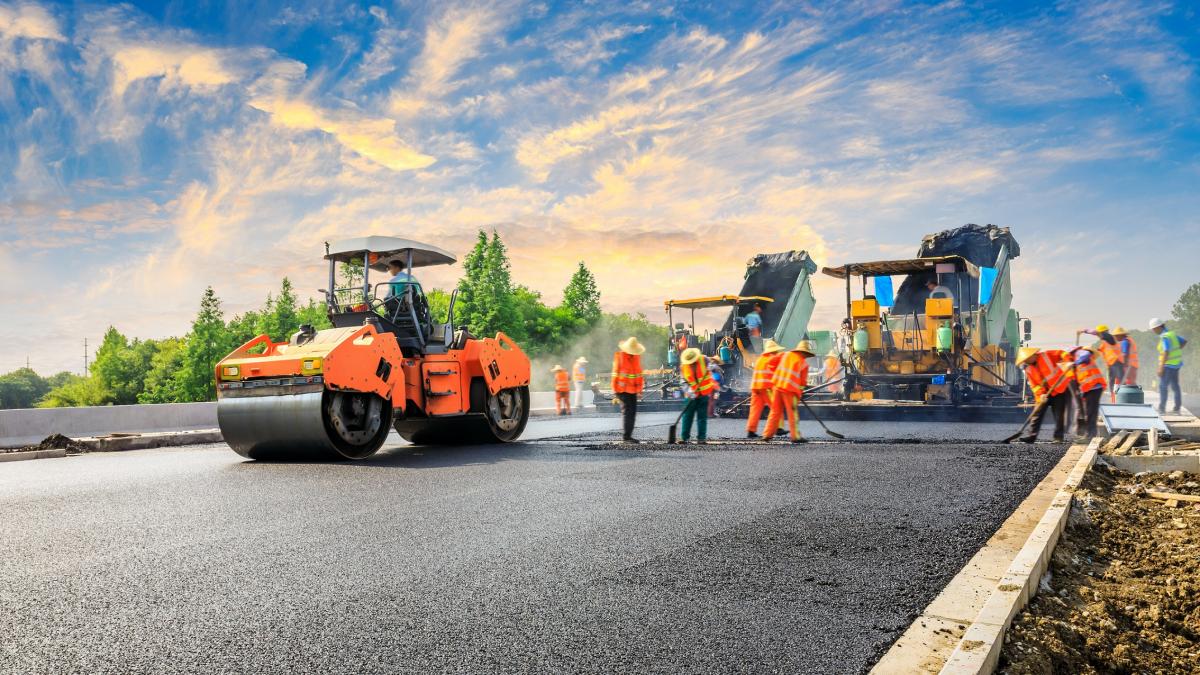 Infrastructure evidence update: Radical new approaches to resilience needed
Infrastructure evidence update: Radical new approaches to resilience needed
The UK Government recently issued a call for evidence about infrastructure resilience. The Institution of Civil Engineers responded, supported by risk expertise from the Institute and Faculty of Actuaries[1]. This article highlights the key insights from the IFoA evidence.
Actuaries have always been experts in the management of probability and long-term investment, and their vision and techniques have the potential to make a significant difference to infrastructure resilience also. Among other things they will be able to assist in visualising and analysing a wider range of future scenarios in the medium-term and longer-term than is commonly done, leading to informed practical decisions despite all the uncertainties. Hopefully, the fact that the IFoA has contributed to this evidence will alert everyone concerned to the need for actuaries to become involved to a greater extent than at present.
A vital principle for project sponsors when making resilience decisions is to focus on best value, not lowest cost, since desirable resilience measures may sometimes increase cost. Best value is the optimum cost which provides robust and flexible performance under a wide range of future scenarios.
Several techniques can help in the identification of best value solutions:
Much of the infrastructure which will be used in the next 50 years already exists and in some cases, it was constructed a long time ago. Our evidence recommends the establishment of a new system of resilience assessments of fixed physical structures, which could create an invaluable data base to indicate where action is needed.
In the case of critical national infrastructure, we recommend that the Government should undertake advance planning of possible supply chain shortages and ensure the maintenance in the UK of sufficient stocks of supplies to cope with exceptional situations.
Our evidence suggested that there is considerable scope for more co-operation on resilience between public authorities and private investors.
An official Resource Centre (to be set up by the Government or the National Infrastructure Commission) could ensure the provision of high-quality data and information to investors about resilience actions. Tools could be recommended for reporting on such matters as ESG, resilience status, and social aspects, in such a way as to achieve consistency of reporting between investors.
We recommend that for each new project, the sponsor should publish a Resilience Statement for users and prospective investors, which would summarise the significant risks to which the project is exposed and give the sponsor’s views on the likelihood, timescale and impact of each risk.
At a practical level, investors can often make more use of existing physical assets which are becoming “tired” or under-used, for example by refitting and/or repurposing existing real estate, in co-operation with local authorities. This can provide climate resilience, environmental benefits, and improvements to biodiversity and human well-being.
New kinds of partnership between public and private investors in infrastructure could enable investors to help in the achievement of resilience, including the resilience of the “social” infrastructure which is connected to an income-generating asset. More attention also needs to be paid to natural infrastructure. In urban areas, this includes rivers, parks, green roofs, sustainable drainage systems, street trees, roads, pathways, cycle paths, allotments, etc. Investors will increasingly think of resilient infrastructure as “a sustainable integrated infrastructure system, which supports social and community needs both in normal times and in times of crisis.”
It is possible to glimpse a future where the public and private sectors increasingly work together to improve the resilience of both economic and social infrastructure within an integrated infrastructure system.
There is more in the evidence itself than can be summarised here, including much of great interest from the civil engineers. It is clear that some radical new approaches to resilience can and should be considered, given the wide range of uncertainty about the speed and impacts of climate change, uncertainties about the physical state of some existing infrastructure, and the possibility of rapid technological advances which might make some infrastructure assets prematurely obsolete.
[1] The evidence submitted on behalf of the two organisations can be found here: ICE submission on the National Resilience Strategy | Institution of Civil Engineers.
[2] Analysis of adaptive pathway options can be done using an actuarial model employing discounted cash flow techniques, probabilities and a wide range of future scenarios. See worked example at Resilience Assessment Methodology 14Nov2019.pdf (actuaries.org.uk)